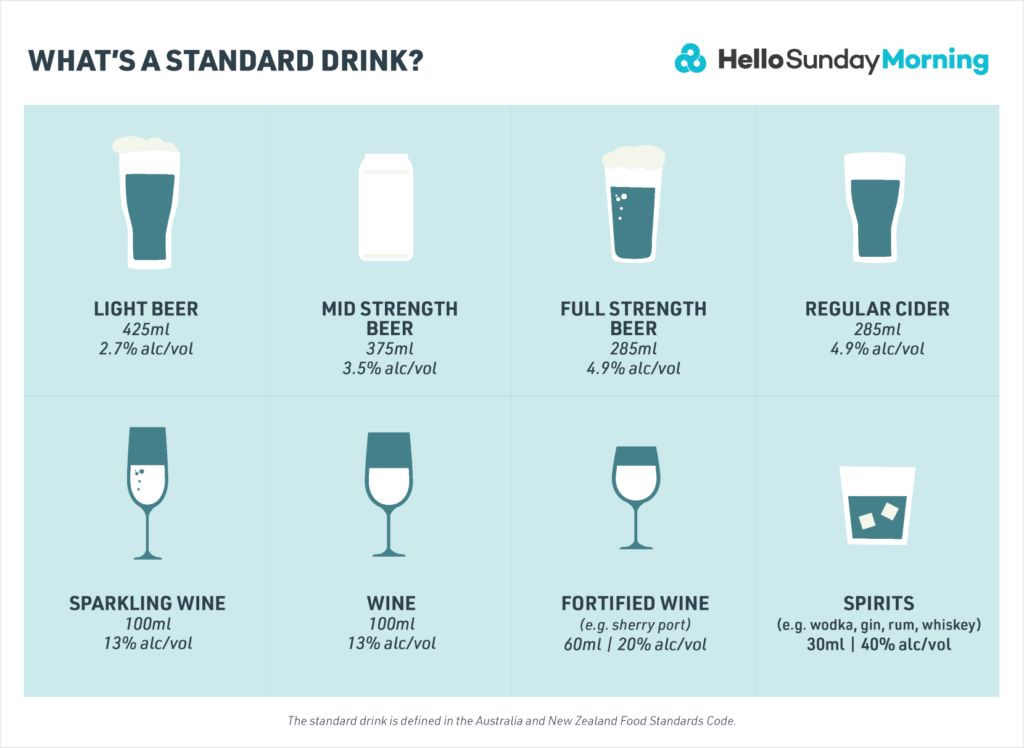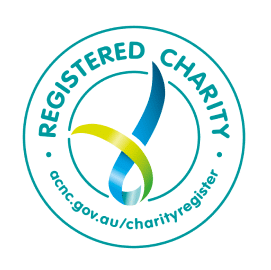
Helpful Resources
We have put together tips and answers to guide you on specific situations. This will never replace the professional help from talking directly to your doctor or your therapist, and it won’t be as warm and spontaneous as the help you can get by asking the community in Daybreak, but we think it is useful to have some answers quickly at hand.
How much is too much?
In Australia, alcohol seems to be everywhere. People vary widely in their drinking patterns, so what do Australian health experts recommend to lower our health risks from drinking?
What is a standard drink?
First things, first. When you’re offered a glass of wine at dinner, there can be a big difference in pours between one host and another, so it’s important to compare apples with apples.
A ‘standard drink’ contains 10 grams of alcohol, so the amount in the glass will depend on the alcohol concentration of whatever you’re drinking.
For example, a 425 ml glass of full strength beer (a schooner, unless you’re from South Australia where it’s a pint!) is 1.6 standard drinks, while a 285 ml glass (a middy or pot) is 1.1. Mid strength and light beers contain less alcohol, so the standard drink levels are lower.
A standard drink of red wine at 13.5% alcohol concentration is 100 ml, while a 150 ml pour is 1.6 standard drinks (about 8 standard drinks per 750 ml bottle). An average 100 ml glass of white wine (11.5%) is about 0.9 standard drinks, while a 750 ml bottle is about 6.8.
A 30 ml pour (one ‘nip’) of spirit at 40% alcohol concentration is 1 standard drink.

Fortunately, alcohol that comes in glass bottles and cans display the number of standard drinks it contains, so always check the label and keep an accurate tally. Use our Drink Tracker.
If you are a healthy adult
Australian guidelines recommend drinking no more than 10 standard drinks per week and no more than 4 standard drinks on any one occasion, and alcohol-free days throughout the week, regardless of your gender.
For children and young people
Children under 18 years of age should not drink alcohol. We now know that even sips of alcohol during childhood can lead to problems with drinking as adults. Delaying drinking for as long as possible sets kids up for a better relationship with alcohol later. Parents have a crucial role to play in giving kids the right attitudes to alcohol, so read our article for tips.
If you are pregnant, thinking about getting pregnant, or breastfeeding
For women who are pregnant or thinking about getting pregnant, the only way to lower risk is to drink no alcohol at all.
Maternal drinking can damage an unborn baby at any stage of its development, potentially leading to a condition called Fetal Alcohol Spectrum Disorder (FASD). While FASD affects those with prenatal alcohol exposure differently, it is a lifelong disability and people may have problems with their physical and mental health. For women who are breastfeeding, not drinking alcohol is safest for their baby.







